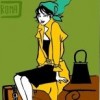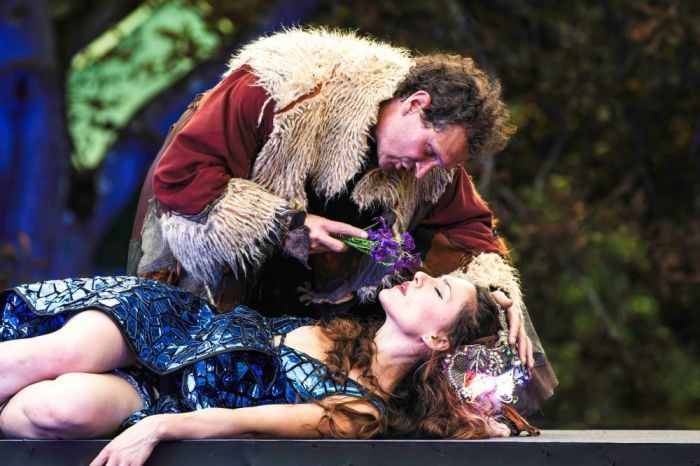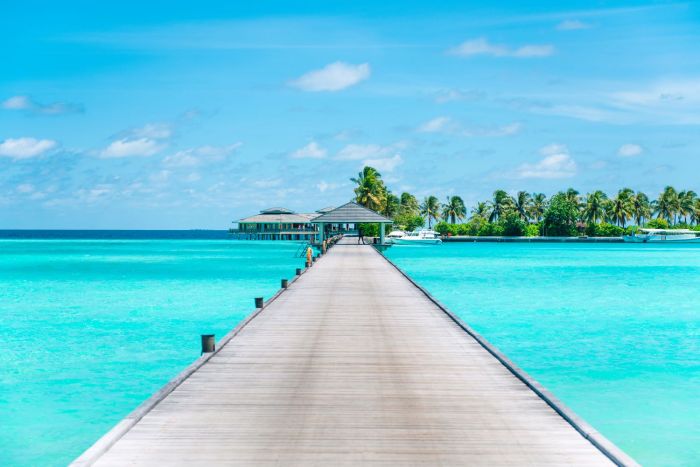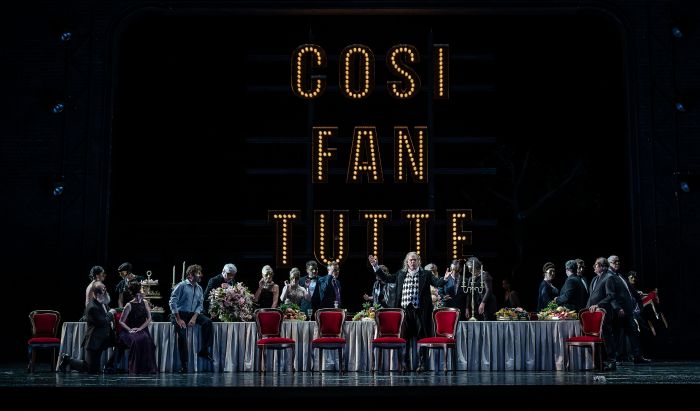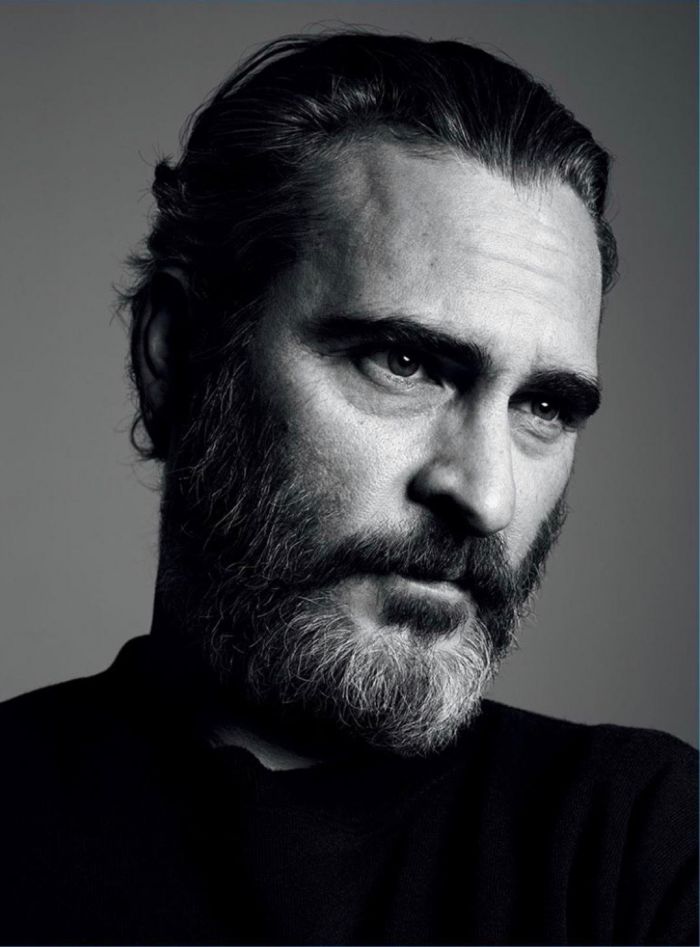
Roguish filmmaker Alexandre Aja looks like he could play a proper Jane Austin gentleman, but in fact he just might be even more evil than Voldemort. The “Splat Pack” horror movie filmmaker had a dream— a nightmarish dream—to turn Harry Potter into Satan, and his gruesome wish is about to come true with the Halloween release of his upcoming film Horns.
Starring Daniel Radcliffe, Juno Temple (the British ingénue from Atonement and the upcoming Johnny Depp/Benedict Cumberbatch film Black Mass), Heather Graham, and Max Minghella, everyone and everything in Horns looks rather pretty until you scrape off the glossy top coat to find a Gothic tale about a man who literally turns into the devil following his girlfriend’s murder. Or as Aja gleefully puts it, “It’s a reversal of Frank Capra’s A Wonderful Life with the tone of Fight Club."
This isn’t 36-year-old Aja’s first stroll down the bloody horror film path—he sharpened his teeth as the writer and producer of The Hills Have Eyes, Mirrors, Maniac, R2, and High Tension. Next he will direct the Miramax psychological thriller The 9th Life of Louis Drax starring Aaron Paul and Fifty Shades of Grey sexpot Jamie Dornan—with a screenplay that was actually written by Minghella. Aja comes by filmmaking naturally, having grown up behind the camera as the as the son of French film director Alexandre Arcady, his namesake, hence the sly use of his initials as his screen name instead of Alexandre Jouan Arcady Jr. Though he was born and raised in Europe, he was weaned on American horror films, getting a taste for the brutally gory slasher genre that he says doesn’t exist in his native Europe, because “we as a society have a problem with film violence, especially when you are on the side of the killers.”

Vicki Arkoff: Many top film directors got their start in horror films. What do you hope to achieve to show that the genre still has something fresh to offer?
Alexandre Aja: After having worked in horror for 10 years, I felt that I became too familiar with the genre’s tropes and tricks and wanted to reinvent myself. It is only natural that my next film returned to the source of the genre: the Gothic. When I first read Joe Hill’s cult novel, Horns, I was intrigued by his modern-American allegory and found the mixture of tones to be incredibly fresh. I was moved by the love-story, humored by the satire, and morbidly amused by his absurd portrayal of human nature. Joe Hill [son of superstar author Stephen King] wrote a Gothic fable that touches on the motif of the double, the supernatural, and the transgression of taboos. His Gothic tale exposes and reaffirms society’s definition of normalcy and puts into question our modern addictions and contradictions.

VA: Why did that appeal to you?
AA: What drew me most was the fact that it tapped into a universal mythology with a rock ’n’ roll pop-culture edge. It was not just a parable about good vs. evil, but a supernatural thriller with a romantic quest at its heart. The story spanned more than a decade in scope as it moved between Ig’s childhood memories and the present day, and I wanted to pay homage to the Stand By Me Stephen King elements. But the most important element for me was the story of the devil as the fallen angel. Metaphorically, Ig’s character was living in an idyllic Garden of Eden with Merrin, until her murder, after which Ig awakes with horns protruding from his skull. He discovers that they have the power to get people to confess their darkest secrets and so he uses these voiced temptations to piece together clues of Merrin’s murder while we flashback to their adolescent coming-of-age story. Love is his motivation for redemption, but he needs a dash of the devil in order to obtain the truth.

VA: What made you think of angelic actor Daniel Radcliffe as the devil?
AA: When we began casting, I wanted to find an actor who could portray the dark and romantic side of the fallen angel—in other words, he had to be natural and charming with a pair of horns growing out of his head. The design of the horns almost preceded the casting in a way, and after researching the representation of the devil from Gustave Doré’s engravings in Inferno, Milton’s Paradise Lost, [and] Gérôme and Goya’s 19th century paintings, I knew I wanted them to be organic and resemble a satyr or a ram. Ig was in my mind closer to Shakespeare’s Puck or even the Greek Bacchus, in the way that he had to appeal to both genders in order to elicit compassion from them. As a result, Daniel Radcliffe became an obvious choice and happened to be a huge fan of the book as well. Ig’s character was an iconic role to play with an extreme emotional arc and it gave Daniel and opportunity to spotlight a side few had seen from him.

VA: And waif-like actress Juno Temple? When she was cast in Horns she must have been fresh off her big-budget film role in Maleficent.
AA: In casting Merrin, we wanted an actress who would be able to embody the archetype of Eve. Merrin represents the first mythological woman in all her innate goodness, purity and light in an otherwise dark and macabre world. But while she appears delicate and her spirit drives Ig’s quest to avenge her death, we discover a haunting altruism and armor hidden underneath to protect Ig from the loss and pain she endured after her mother’s death. Juno Temple had this dualism of beauty and strength. Playing the role of Merrin gave her not only an opportunity to play a sensual lead as an ingénue, but to contradict that with a modern realism. She anchors the film as Ig’s muse.

VA: The setting of the film seems to almost be a character itself. Where did you find your “Garden of Eden” location?
AA: We had considered Savannah and Louisiana as options, but Vancouver had more of a grunge feel to it that felt more in tune with the novel’s references. I wanted to avoid the overused forests that other teen franchise films were shot in, and so set out to find something unique. We spent weeks scouting in the mountains, parks and between glacial fjords to find our treehouse location. We found one dense area that had the most incredible moss I’ve ever seen, which covered the paths, hung from the trees, and was naturally overgrown. This became our treehouse location and the most important visual in the film. It’s where Ig and Merrin first make love as teenagers, where they find refuge from the world, and finally where Merrin is murdered. Just as we began shooting, the season was transforming from summer to fall, which worked out perfectly to mirror the storyline. The idyllic childhood past was green and full of life, whereas the dark present was bleak, with the leaves beginning to lose color and fall.

VA: What inspired the film’s visual style?
AA: Gregory Crewdson’s photography really inspired me, as a way to heighten the supernatural in the mundane. I wanted to recreate this façade of sublime nature and peace in rural America juxtaposed with a scene of death and disaster. We found the perfect blue-collar setting in a lumberjack town nestled between the mountains that gave the grit I was looking for. It also ended up to be an indirect homage to David Lynch’s Twin Peaks which I loved and found many parallels within our own story. I wanted to echo the hyper-real stylized quality that I admired in Crewdson’s work, and so we brought Frederick Elmes on board. As the cinematographer on Blue Velvet and Wild at Heart, he definitely had a Lynchian influence and helped us find a new visual language to enhance the surreal aspect of our story.

VA: A horror film is nothing without a powerful soundtrack and Horns features a haunting score with a punky ‘80s soul.
AA: Who better to accentuate the literary romanticism and defiance of the fallen angel than David Bowie, Marilyn Manson, and the Pixies? As our story moves between teenage angst and adulthood, I wanted to appeal to the grunge aesthetic of adolescence and of my generation. Kurt Cobain and Nirvana were a big influence on the film—not only lyrically, but stylistically as well. Kurt Cobain was himself a certain Gothic icon of despair, addiction and self-dissolution, which many of the characters in the film represent, and so the costume design draws heavily from Cobain’s iconic grunge imagery.
The music has a voice of its own in the film, both source and score. I wanted not only our visual world to have a dualistic gritty and magical feel, but the music as well. The score (by Robin Coudert) is a beautiful cross between Angelo Badalamenti and Philip Glass that is haunting, lyrical, nostalgic, and classic at the same time. It really transports us to "dream of places where lovers have wings."










